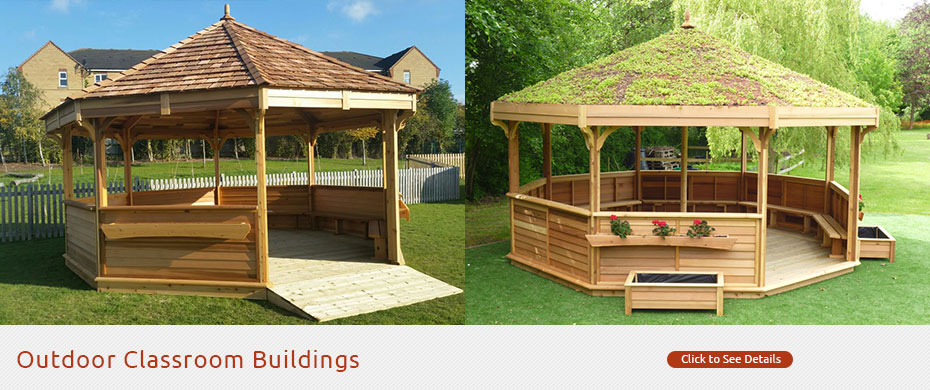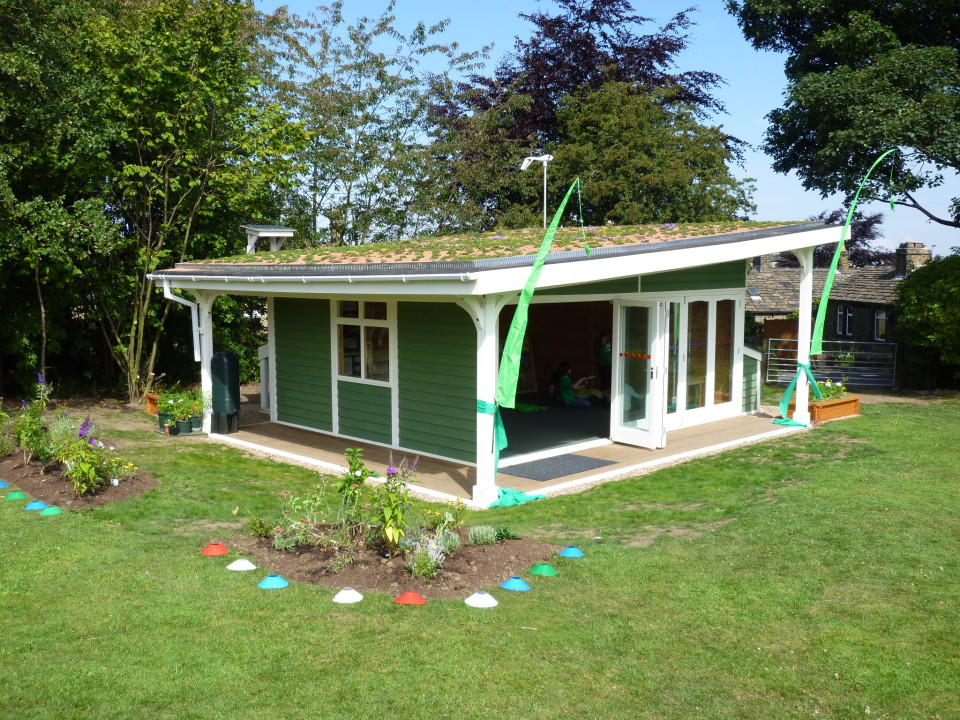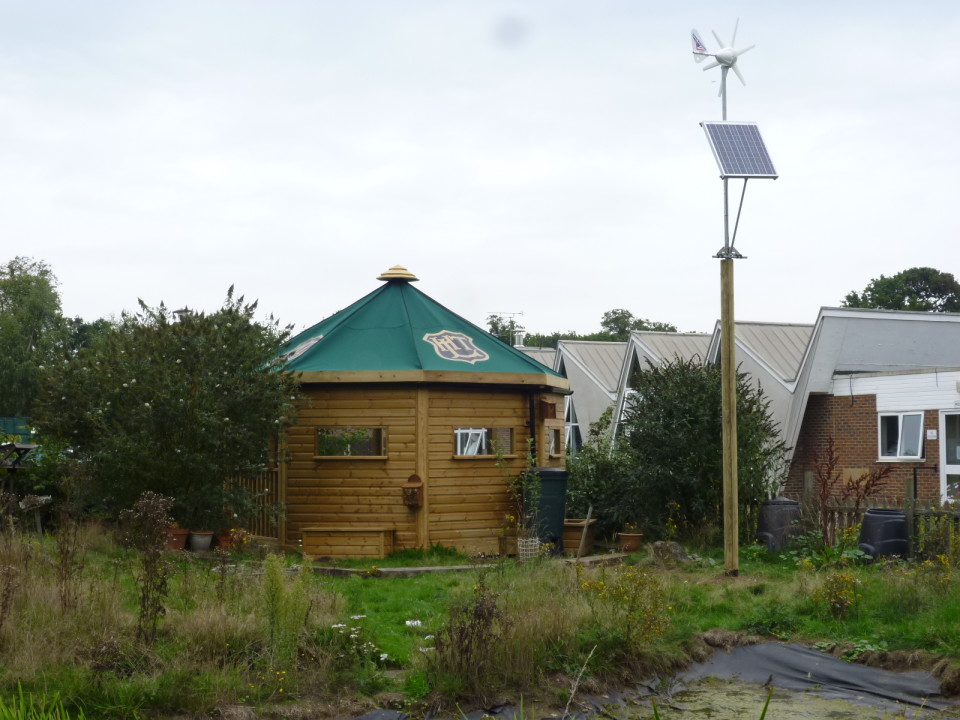How Eco Is Your Eco Classroom Really?
It certainly can be an easy boast or claim about your classroom’s eco credentials and there are some buildings out which claim to be eco friendly simply because they are well insulated (which is stipulated anyway in building regs if so required) and thereby thermally efficient. Or the timber has some sort of FSC or PEFC accreditation.
Well, we believe that eco classrooms should not only be environmentally friendly, it should also teach children about environmental and sustainability issues as well. If you are going to teach a child something, it is always better if you can actually demonstrate it and they to be a part of the educational process. And that is why we have developed our eco classrooms to feature the following:
- Living sedum roofs to attract bio-diversity
- Renewable energy systems such as educational wind turbine/solar panel/energy monitoring board with power points & special dynamo bikes which the children have to pedal to create power
- Roof guttering and water butt systems for rainwater harvesting
- Low energy lighting and solar pipes
- External planters for growing food
- Mini greenhouses and storage units
- Mini dipping ponds
The whole Eco Schools programme is now becoming popular in UK schools and indeed there are now nearly 18,000 registered eco schools in England alone. We have successfully installed these type of buildings in eco schools throughout the UK in various different formats – fully enclosed and insulated buildings or as outdoor classrooms. For further details on these buildings, please visit




